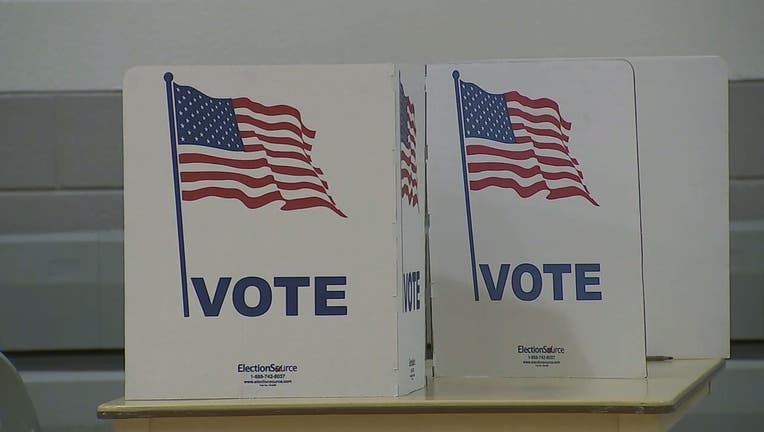Arizona Senate OKs redistricting rules over Democratic objections

PHOENIX - Republicans in the state Senate have given initial approval to a measure that would ask voters to limit the population differences between Arizona’s 30 legislative districts over opposition from Democrats.
The measure by Sen. J.D. Mesnard would require the state’s redistricting commission to create districts with a maximum difference of 5,000 people. Currently, a 10% difference is considered constitutional, meaning districts can vary by about 20,000 people.
Democrats argued the change would greatly affect the ability of tribes and minority communities to elect representatives of their choice. They also said putting in hard rules like Mesnard proposes minimizes other factors the state's Independent Redistricting Commission is required to consider, including keeping communities of interest together if possible.
Mesnard argues that his measure, which would require voter approval, is an effort to get as close to a one-person, one-vote threshold as possible. Creating districts with up to a 10 percent difference can disenfranchise voters, he contends.
“Equal representation is one of the foundation principles of our country, and this is just trying to make this clear in our constitution,” Mesnard said during a committee hearing earlier this month.
He repeated that argument during floor debate Monday, noting that his district has more than 221,000 residents while others have as few as about 203,000
“People in my district have less representation because there are more of them. At what expense?,” he asked. “I guess its at the expense of equal representation for others.”
Democrats, including a lawmaker representing the Navajo Nation, said putting a flat 5,000 person difference limit would make it nearly impossible to draw maps that give the tribe and some black and Latino districts the ability to elect people to represent them.
Sen. Jamescita Peshlakai said the Navajo Nation’s human rights commission believes limiting the spread between districts would make it nearly impossible to create a majority Navajo district. She noted that while the current standard approved by the U.S. Supreme Court allows up to a 10% population difference, Mesnard’s bill would cut that to about 2.3%.
Democratic Sen. Martin Quezada said the same would be true for other minorities, including African Americans and Hispanics. He noted that despite Mesnard’s intent to prevent some voters from being in larger districts, the history in Arizona and nationally requires the state to take racial parity into consideration.
And Quezada noted that the Supreme Court has said that differences of less than 10 percent don't violate equal protection rules.
“That argument has been decided — and it was a unanimous Supreme Court that decided that this is not a violation of one-person one vote,” Quezada said.
The five-member commission will draw new legislative and Congressional maps before the 2022 elections using information gathered in the 2020 census. The one-person, one-vote concept says districts should be nearly equal. But the panel also must consider the federal Voting Rights Act, shape, geography, communities of interest and competitiveness.
The Supreme Court upheld the 10 percent difference standard in a challenge to the state's maps after the 2010 census. The population of the 30 current legislative districts range from 203,023 people to 221,174.
The Senate debated the measure Monday and approved it on a voice vote. It still needs a formal vote before heading to the House for consideration. If approved by both chambers, it will appear on the November general election ballot.

